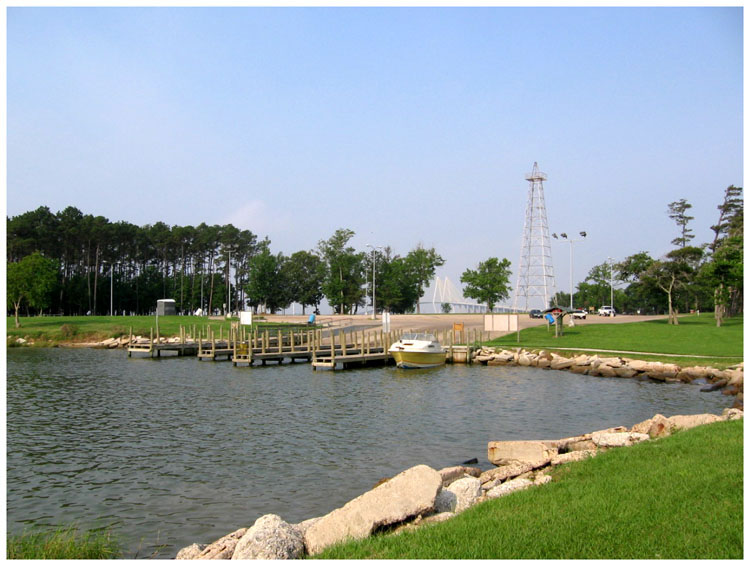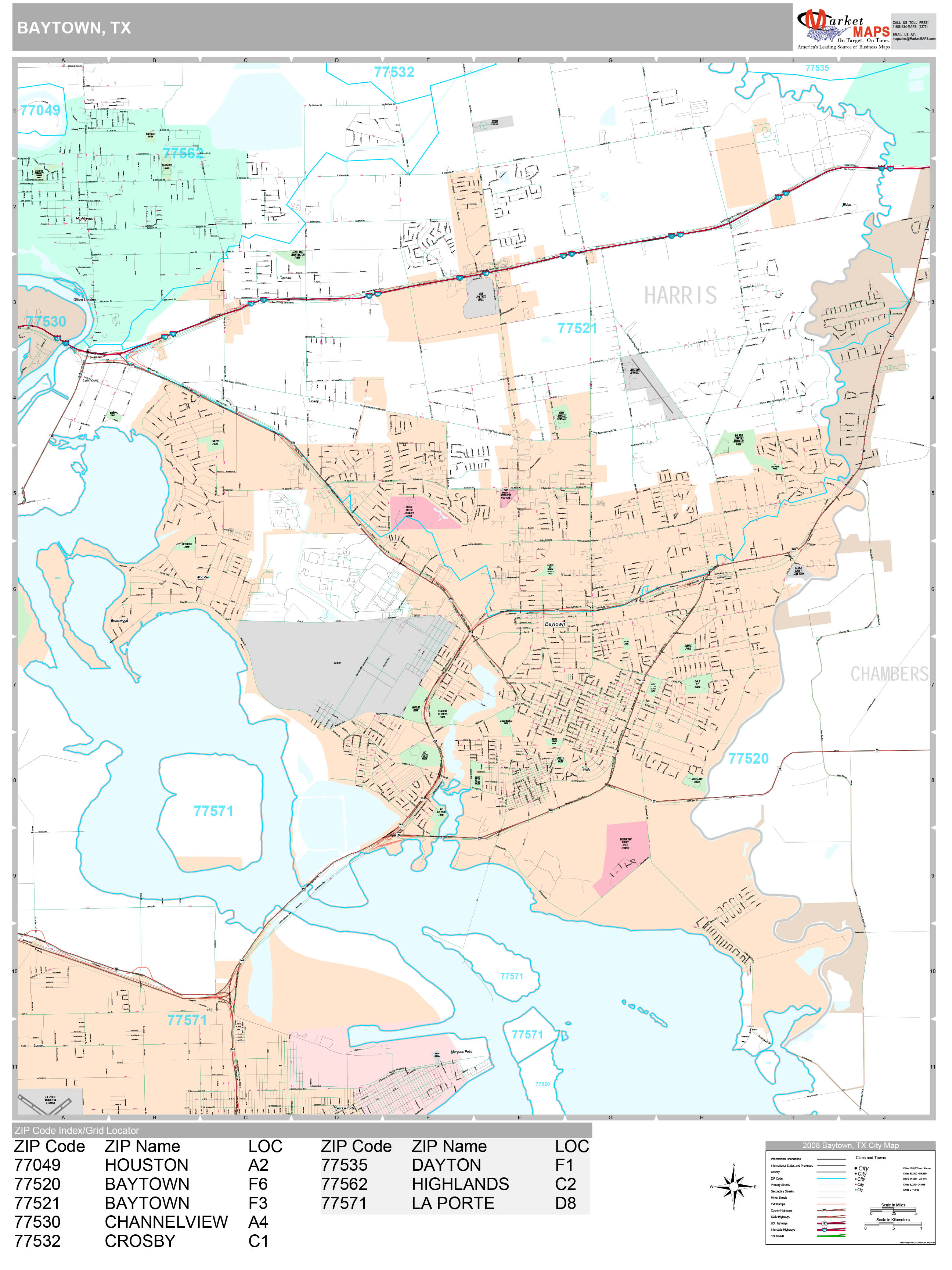

Sunglasses with UVA and UVB protection significantly reduce eye damage from sun exposure. A wide-brim hat offers excellent sun protection for the eyes, ears, face, and neck. The solar radiation is most powerful near the mid-day, so the exposure to the direct Sun should be reduced accordingly. Take precautions - Protection against sun damage is advised. Note: The average daily UV index of 4 in January transform into the following instructions: A UV Index value of 3 to 5 symbolizes a medium vulnerability from exposure to the Sun's UV radiation for the average person. UV indexIn January, the average daily maximum UV index is 4. SunshineIn Baytown, the average sunshine in January is 5.3h.

On the last day of the month, sunrise is at 7:10 am and sunset at 5:56 pm CST.

On the first day of January, sunrise is at 7:15 am and sunset at 5:31 pm. DaylightThe average length of the day in January in Baytown, Texas, is 10h and 29min. January has the most snowfall days of the year. SnowfallJanuary, February and December are months with snowfall in Baytown. In Baytown, during the entire year, the rain falls for 139.2 days and collects up to 16.1" (409mm) of precipitation. Rainfall In Baytown, Texas, during 7.8 rainfall days, 0.71" (18mm) of precipitation is typically accumulated. HumidityThe average relative humidity in January is 76%. TemperatureJanuary is the coldest month, with an average high-temperature of 60.3☏ (15.7☌) and an average low-temperature of 46.9☏ (8.3☌). Since hail can cause the rainfall estimates to be higher than what is actually occurring, steps are taken to prevent these high dBZ values from being converted to rainfall.January, like December, is another mild winter month in Baytown, Texas, with an average temperature ranging between min 46.9☏ (8.3☌) and max 60.3☏ (15.7☌). Hail is a good reflector of energy and will return very high dBZ values. These values are estimates of the rainfall per hour, updated each volume scan, with rainfall accumulated over time. Depending on the type of weather occurring and the area of the U.S., forecasters use a set of rainrates which are associated to the dBZ values. The higher the dBZ, the stronger the rainrate. Typically, light rain is occurring when the dBZ value reaches 20.

The scale of dBZ values is also related to the intensity of rainfall. The value of the dBZ depends upon the mode the radar is in at the time the image was created. Notice the color on each scale remains the same in both operational modes, only the values change. The other scale (near left) represents dBZ values when the radar is in precipitation mode (dBZ values from 5 to 75). One scale (far left) represents dBZ values when the radar is in clear air mode (dBZ values from -28 to +28). Each reflectivity image you see includes one of two color scales. The dBZ values increase as the strength of the signal returned to the radar increases. So, a more convenient number for calculations and comparison, a decibel (or logarithmic) scale (dBZ), is used. Reflectivity (designated by the letter Z) covers a wide range of signals (from very weak to very strong). "Reflectivity" is the amount of transmitted power returned to the radar receiver. The colors are the different echo intensities (reflectivity) measured in dBZ (decibels of Z) during each elevation scan.


 0 kommentar(er)
0 kommentar(er)
